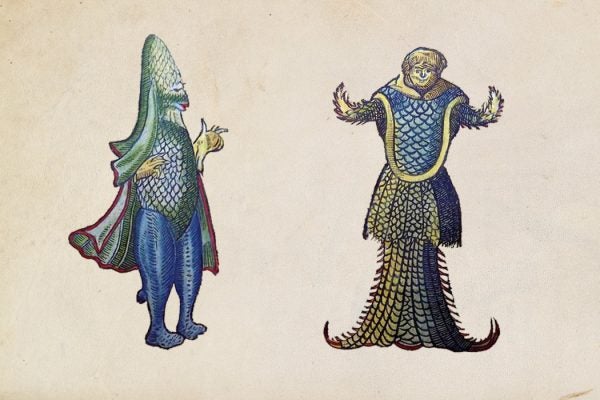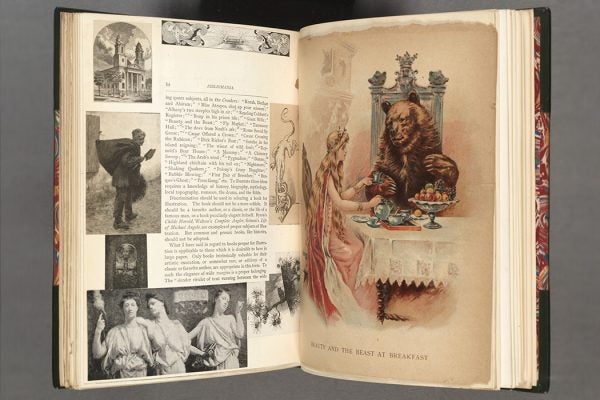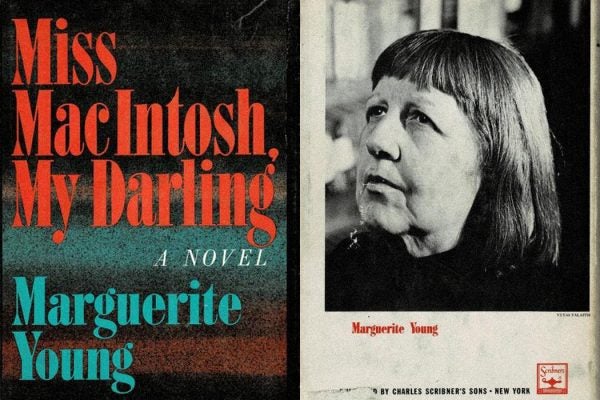The Linguistic Case for Sh*t Hitting the Fan
Idioms have a special power to draw people together in a way that plain speech doesn't.
Martin Luther’s Monsters
Prodigies, or monsters, were opaque and flexible symbols that signaled that God was sending some message.
The Timeless Art of the Bookcase Flex
Flaunting a massive collection of books did not start with work-from-home videoconferences.
The Library That Walked Across Belgium
What two scholar-artists learned from taking ninety books on a very, very long walk.
Do Series Books Turn Kids Off Adult-Approved Novels?
Goosebumps. The Baby-Sitters Club. Even Nancy Drew. In the 1990s, concerned educators wondered if series books were luring kids away from "literature."
The Linguistics of Cooties (and Other Weird Things Kids Say)
The game of cooties lets children learn about the idea of contagion, but kid culture and wordplay aren't meant for adults.
America, Lost and Found at Wounded Knee
Stephen Vincent Benét’s lost epic “John Brown’s Body” envisions a nation sutured together after the Civil War, but fails to reckon with the war’s causes.
“Grangerization” Made Beautiful Books Even Better
But the eighteenth-century readerly hobby angered critics, who saw it as a “monstrous practice.”
Robert Hayden’s Relatable Fatigue
There’s a constant attention to the burdens of history in Robert Hayden’s poems. Even amid the beauties of life, the ghosts of the past linger.
Sick of Streaming? Try This Really Long Cult Novel
Marguerite Young's Miss MacIntosh, My Darling is a dense fusion of poetry and prose. One critic says it's unjustifiably forgotten.









